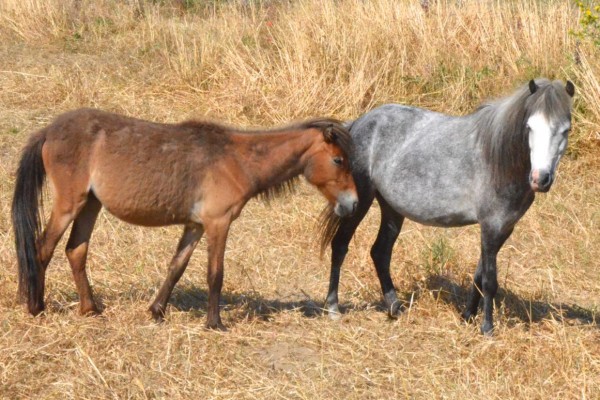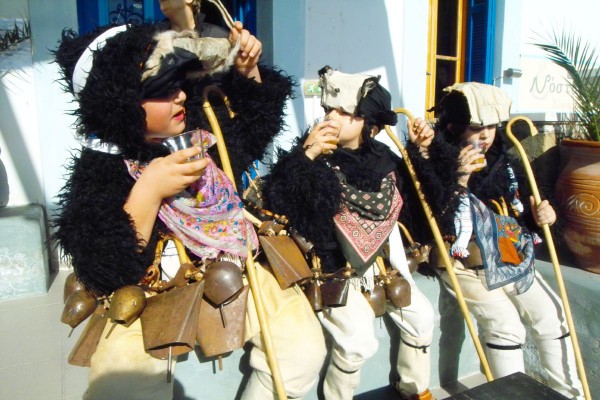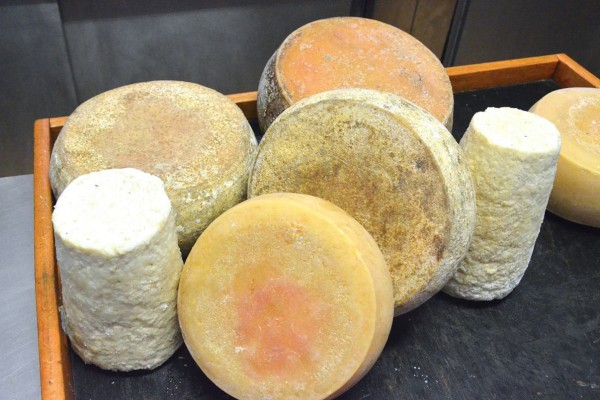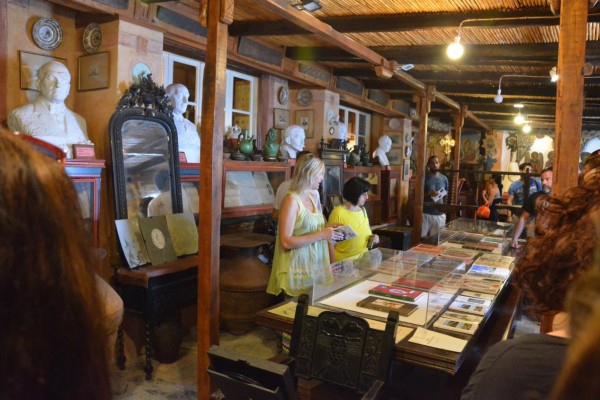Η Skyros is the southernmost island of the Northern Sporades and is located east of Evia, from which it is about 35 km. It is the largest island of the Sporades (210 sq. km.) with a population of 3.000 inhabitants. The northern part is semi-mountainous, covered by dense pine forest with the highest peak Olympus and is related to the green landscapes found in Sporades and northern Evia, while in the southern part the soils are rocky and without much vegetation -mainly pastures- reminiscent mainly of the Cyclades, where the mountain mass of Kochylas dominates (792 m.).
According to a post-Homeric legend, Thetis hid her son Achilles in Skyros, to prevent him from going to war in Troy and being killed. When he learned that Odysseus was coming to the island disguised as a peddler to locate him, Achilles dressed as a woman and hid among the daughters of the king of Skyros, Lykomedes. The cunning Odysseus had in his basket perfumes, jewelry, but also weapons, and of course all the girls showed their interest in the first.
The only "girl" who was interested in the weapons in the basket was Achilles and so Odysseus discovered him and took him with him to Troy.
Skyros went through the Venetian occupation, the Turkish occupation, but also the pirate period without many problems. It was included in the islands that were united with Greece after the Revolution of 1821.
The inhabitants of the island today are engaged in agriculture, animal husbandry, fishing, handicrafts and the collection of resin and honey, and some in tourism. Skyros is famous for small horses her, her animal products and the carnival events starring them bells. The most characteristic Skyrian handicraft is the embroidery and is used for the decoration of the household clothes and the Skyrian costume. The characteristic of Skyrian embroidery is the variety of themes and colors and the delicacy of the materials.
The island is also famous for the Cycladic architecture of its houses, for the interior decoration with musandras, for its art in the manufacture of wood-carved furniture, but also ceramics. Organized folk art workshops, such as wood carving, ceramics, basket weaving and ground flooring, still exist in the capital and in Gialos. All the history and folklore of the island is exposed to the excellent Faltic Museum in Skyros Town.







